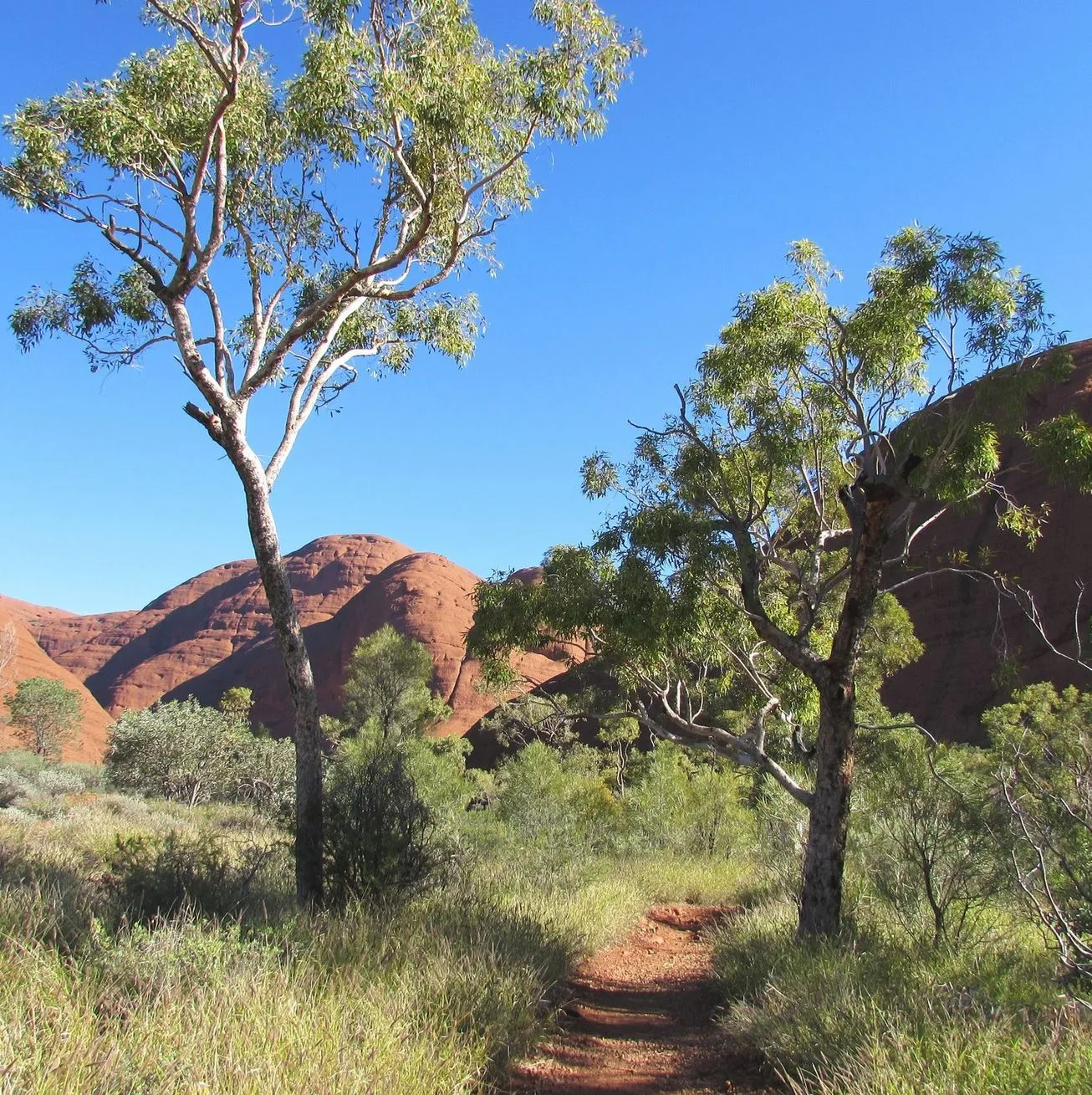The Valley of the Winds, located in the Kata Tjuta (The Olgas) region of Australia’s Red Centre, is where breathtaking landscapes meet fascinating science. Beyond its beauty, the valley is a deep dive into strong winds, circulation patterns and the relationship between geography and climate. You can see the natural forces at play, such as mountain breezes, valley winds, and downslope winds, which create a changing environment.
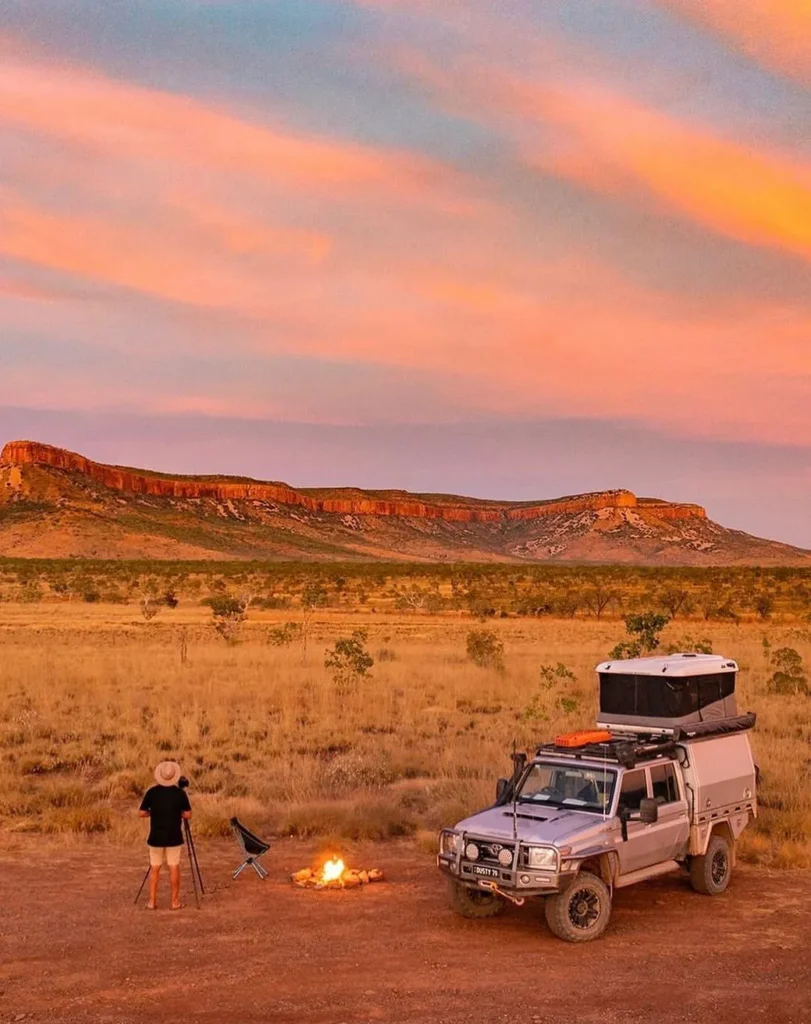
Whether you’re an adventurer, nature lover, or just looking for a quiet getaway, the Valley of the Winds is an unforgettable journey through a land shaped by time and wind.
A Geological Marvel
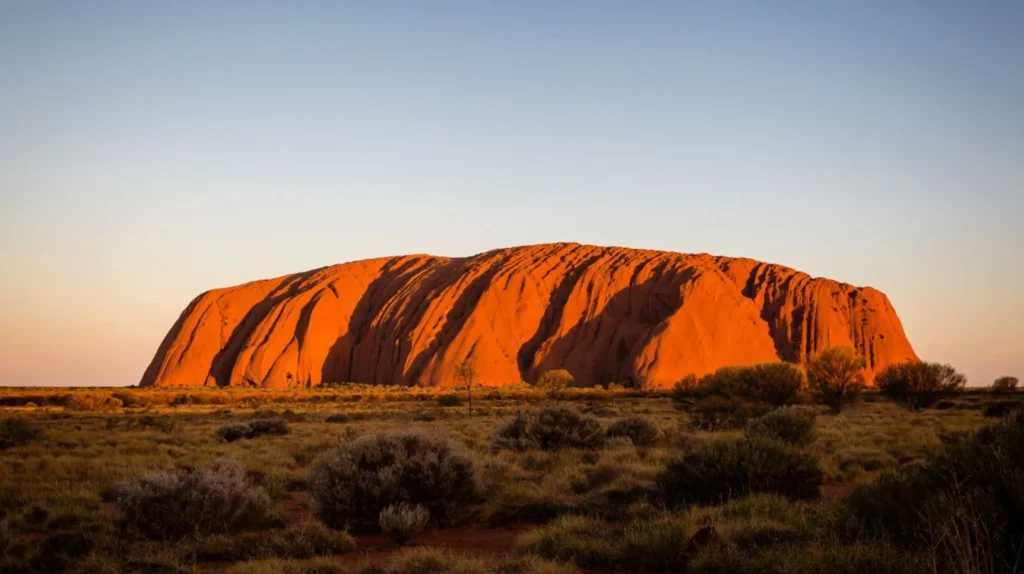
Located in the Uluru-Kata Tjuta National Park, the Valley of the Winds is surrounded by towering sandstone domes that have been formed over millions of years. These domes, sculpted by air pressure, erosion and temperature differences, rise above the valley floor like giants above the desert landscape.
The valley is situated in a mountain range which has a big impact on the weather. The mountain slopes not only funnel in cool air and dry air but also block the wind and shape the valley’s convective wind systems. The interaction of hot slopes and horizontal temperature differences creates the region’s dynamic weather including the occasional dust storm.
The combination of the valley’s land and adjacent water surfaces creates daytime sea-breeze circulation and small cold fronts. It’s a reminder of the power of air pressure and temperature differences.
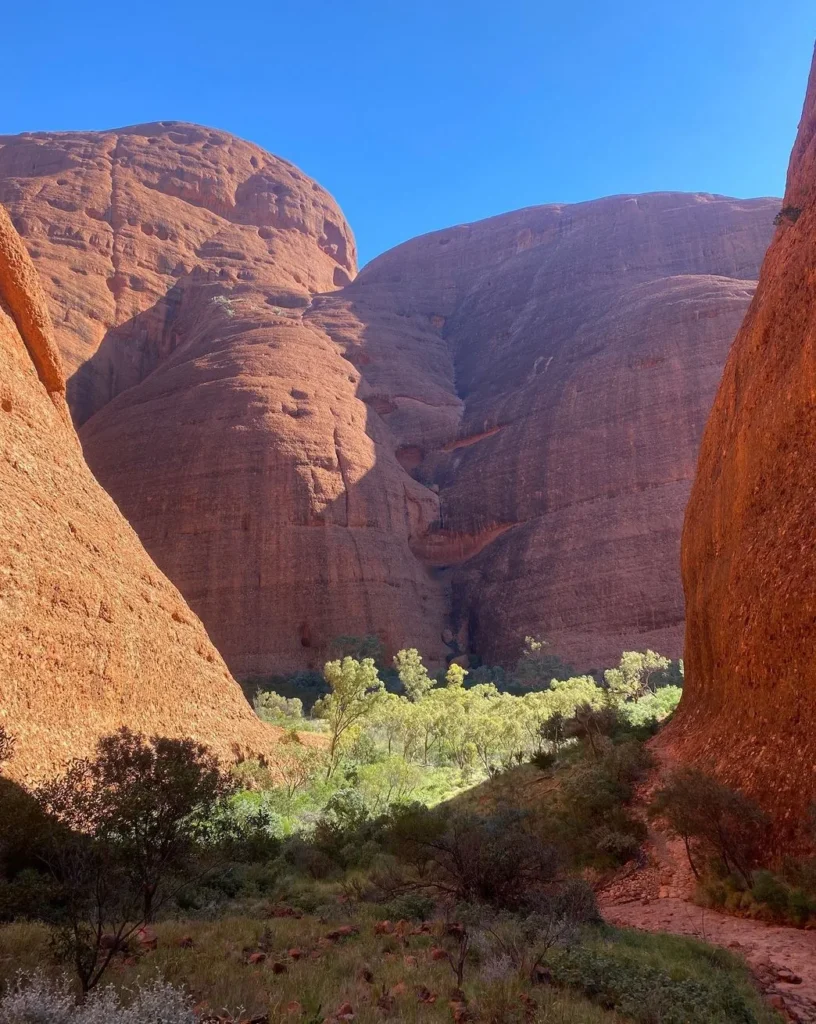
Valley Weather
The Valley of the Winds has many different wind patterns, upvalley during the day and downvalley at night. These winds are driven by convective circulation and affect the air chemistry and create microclimates in the valley.
Big Winds and Dust Devils
The valley gets big winds that can blow several miles per hour and carry dust and create dust devils. These whirlwinds are driven by uneven heating on the land and are amazing to see and show the rawness of the valley.
Cool Winds and Temperature Changes
The area also gets temperature changes due to cool winds and downdraft winds. The shaded areas in the deep layers of the valley are cooler than the exposed surface layers.
Hiking Trails
The Valley of the Winds has two hiking trails, each showing a different side of the valley:
Karu Lookout (2.2 km)
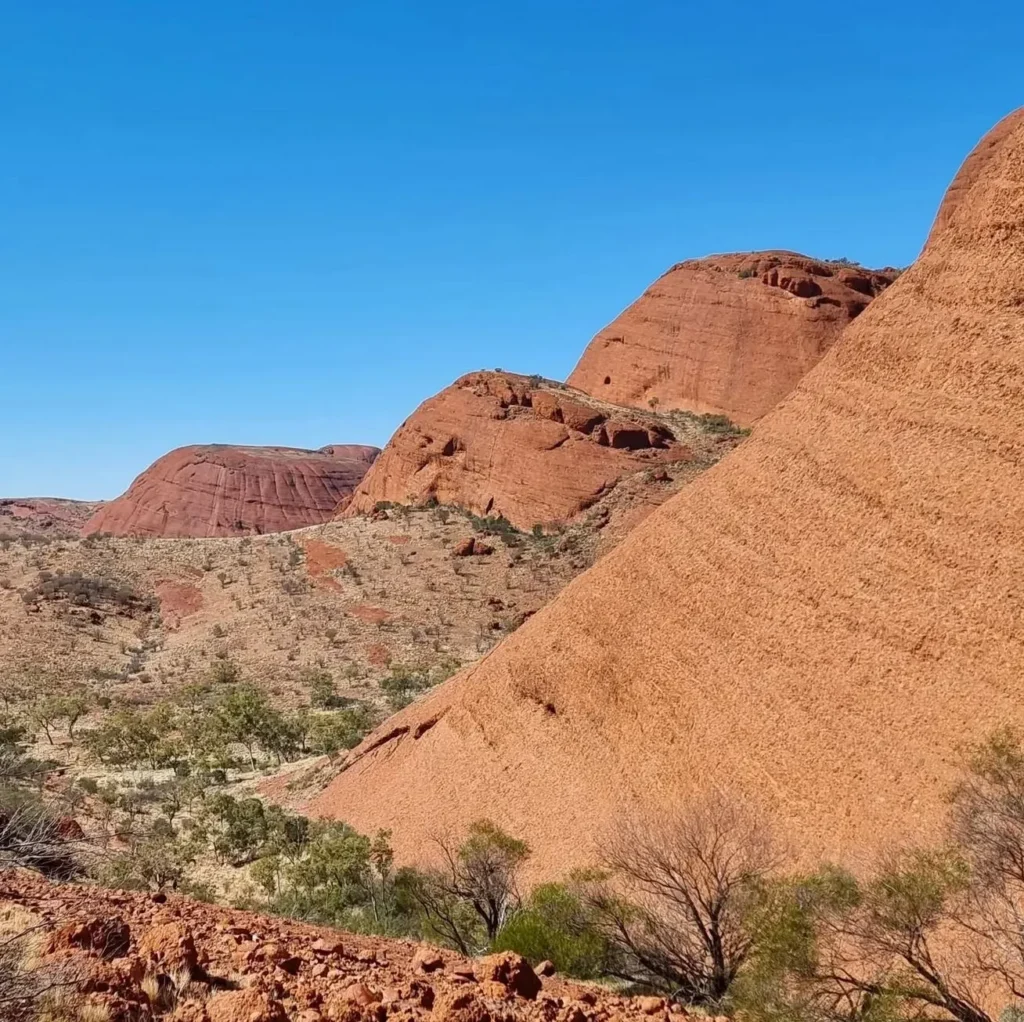
For beginners, this trail shows you the valley’s environment. The land breeze and mountain air makes this hike nice, especially in the morning when the cloud cover makes the valley floor look peaceful.
Full Circuit (7.4 km)
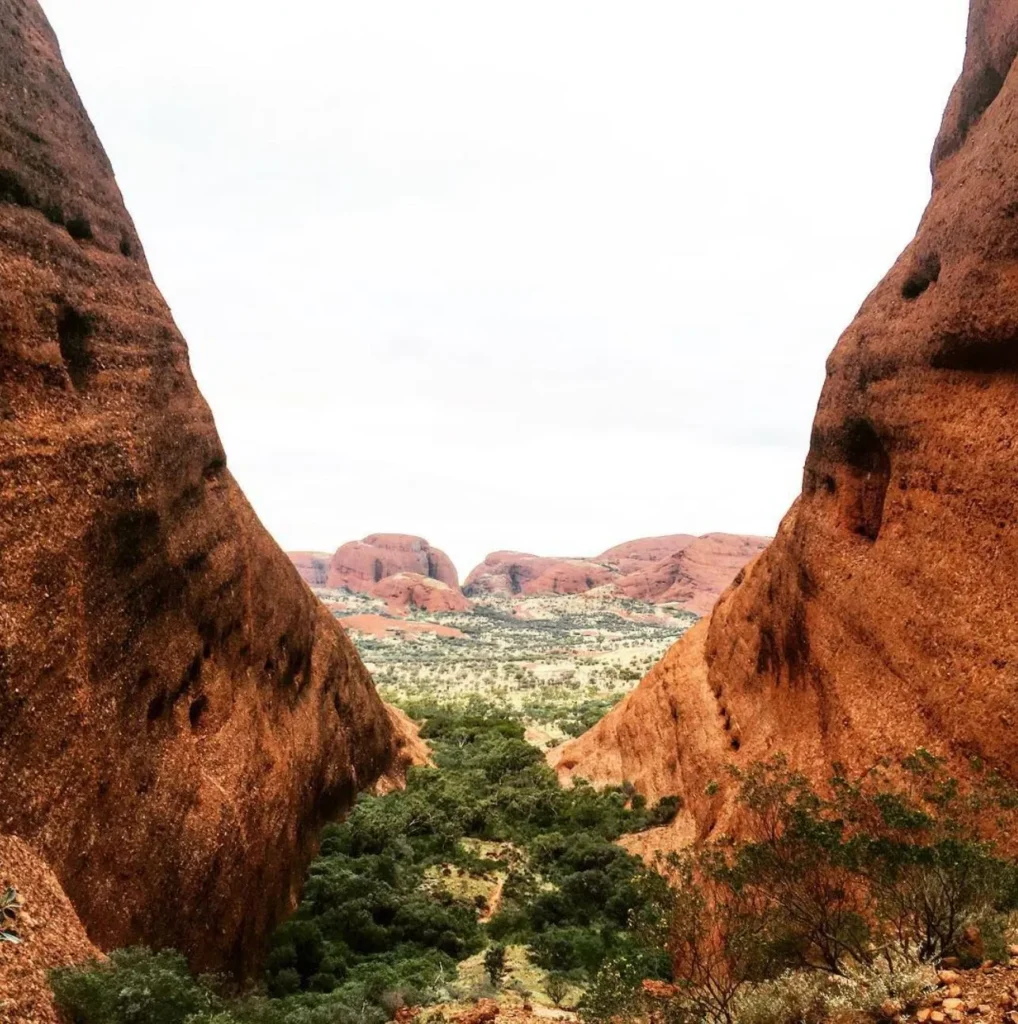
For the more adventurous, the full circuit trail goes through the middle of the valley, past the stunning Karingana Lookout. This trail takes you through the deep layers of the valley where valley breezes, convective wind systems and temperature changes create a dynamic environment.
Along the way you’ll see dense forests of coniferous and deciduous trees and unique geological formations created by downvalley winds and geostrophic winds.
Atmospheric Science in Action
The Valley of the Winds is an open air laboratory to study wind patterns and their effects on the environment. The valley wind systems show how air pressure, horizontal temperature differences and circulation patterns create weather conditions.
Sea Breeze Fronts and Small-Scale Cold Fronts
The interaction between land and adjacent water surfaces creates sea breeze fronts that look like small-scale cold fronts. These fronts bring cooler temperatures and sometimes influence cloud formation over the valley.
Wind Power
The big winds and downslope afternoon winds make the valley a great place to explore renewable energy solutions like wind turbines. The amount of air moving through the valley gives an idea of the potential for power generation in similar environments.
Cultural and Spiritual Significance
The Valley of the Winds is spiritually important to the Anangu people, the traditional owners of the land. The domes and old landscapes are part of their cultural heritage and creation stories. Visitors are asked to respect the Anangu’s permits and follow the guidelines to keep the valley sacred.
Top Tips
- Get There Early: Morning hikes are best to avoid the down valley winds and cooler temperatures.
- Be Prepared: Wear hiking boots, bring sunscreen and water to stay hydrated in the dry air.
- Respect the Land: Stay on the trails to protect the environment and don’t disturb the forests and wildlife.
For the full experience book with Wayoutback Tours, our guides are experts and know Australia’s natural wonders like the back of their hand.
A Destination Worth Visiting
The Valley of the Winds is more than a place – it’s a work of nature and time. From its mountain valleys and wind flow systems to its cultural heritage, everything about this region is worth exploring and admiring. Whether you’re a hiker, a science nerd or a spiritual seeker, the Valley of the Winds has something for everyone. The Valley of the Winds is a masterpiece of nature’s art and an amazing place to see the intersection of geography, weather and culture. Get ready to walk one of Australia’s most beautiful natural wonders. For those wanting a more in-depth adventure, Uluru tours often include the Valley of the Winds as part of the itinerary so you can see two of Australia’s most famous landmarks in one trip.
FAQ
What makes the Valley of the Winds so special?
Landscapes, wind flow and cultural significance.
How hard are the trails?
Karu Lookout trail is easy, the entire circuit trail is moderate due to length, and temperature and wind exposure.
What weather can I expect?
Dry winds, cool winds and occasional dust storms. Afternoon hikes may be hit by down-valley winds.
Can wind farms be built in the valley?
Yes the valley has strong winds and convective flow so it’s a great place to explore renewable energy options.
Why is the Valley of the Winds spiritually important?
The valley is sacred to the Anangu people. The landforms and landscapes are part of their cultural and spiritual heritage.
